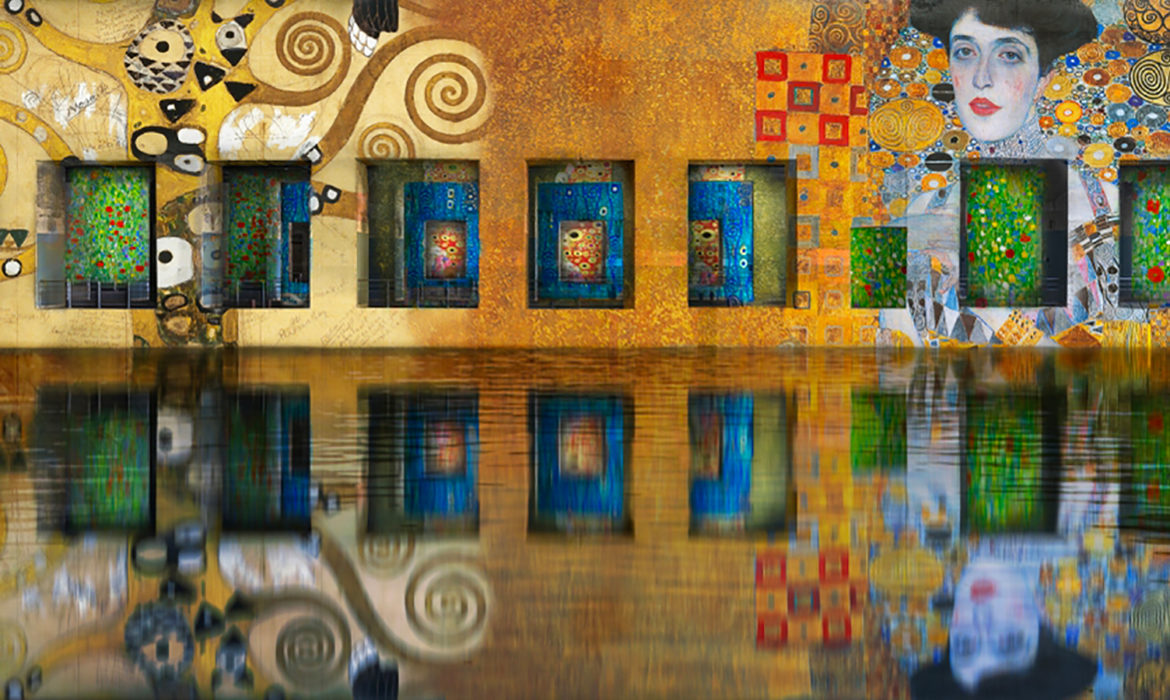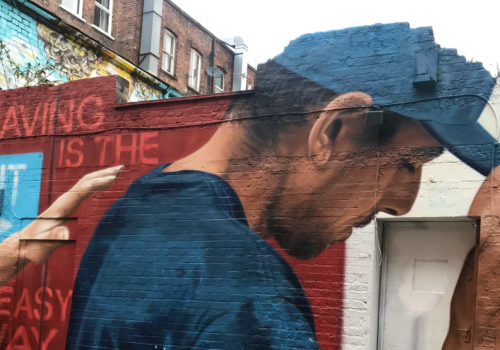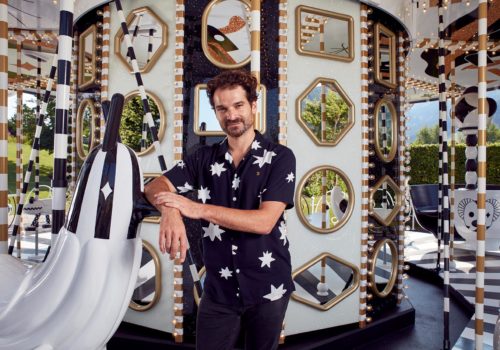Les Bassin de Lumières will be located in the old submarine base. Klimt will be the first artist on exhibit in spring
Les Bassins de Lumières, the largest digital art centre and museum in the world will be inaugurated in the French city of Bordeaux on April 17th 2020. And the ‘citadel’ will be hosted inside a former bunker used during World War II. The initiative is the brainchild of Culturespaces, the private industry leader in the field of management and valorization of monuments, museums and art centres. Located in the old submarine base in Bordeaux, Les Bassins de Lumières is preparing to host monumental immersive digital exhibitions dedicated to major contemporary artists, on an area three times larger than the quarries of the Val d’Enfer – the Carrières de Lumières – at Baux-de-Provence, once used to mine bauxite, and five times larger than the Atelier des Lumières in Paris, the first digital arts centre in the French capital which brought new life to the ancient Chemin Vertfoundry in Paris.
The digital exhibitions will blend with the monumental architecture of the underwater base and reflect in the water of the four enormous pools, adding a new dimension to the immersive experience, as the presentation of the new museum reads on the website of Culturespaces. The tour will take place along the walkways over the water and along the wharves of the giant pools. «After the Atelier des Lumières, we are pleased to be the founders of this giant digital art centre for the city of Bordeaux. The Bassins de Lumières will offer unforgettable visual and sound experiences in an extraordinary space, a place to share culture, open to the public», explains Bruno Monnier, President of Culturespaces.
Bassins de Lumières will be open all year round to lovers of classic and contemporary art presenting several exhibitions at the same time.
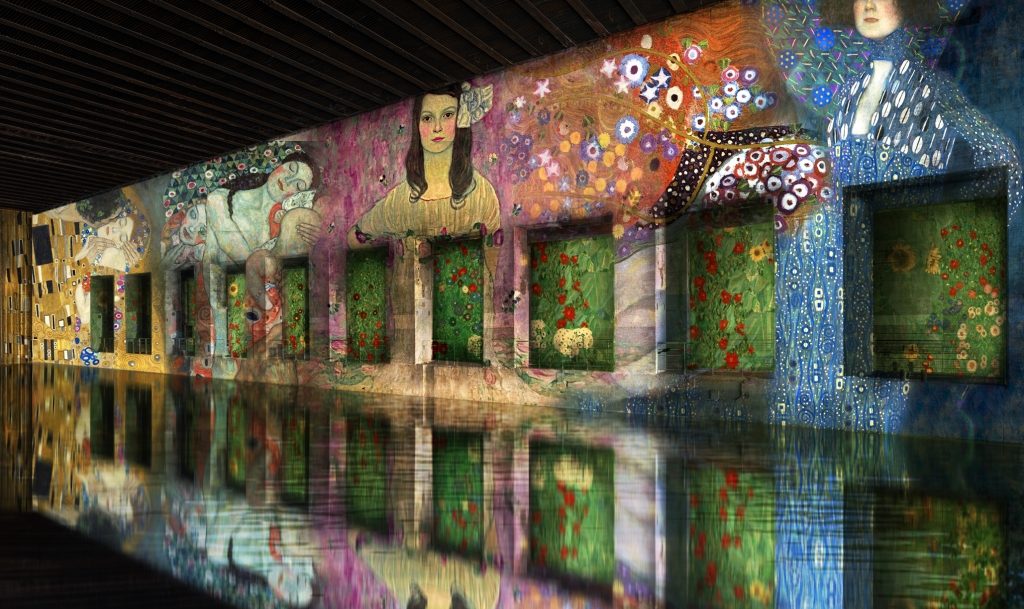
The four large pools will be the setting for digital exhibitions dedicated to the great artists in the history of art. The “Cube”, a new 220 square-meter space 8 meters high, will be dedicated to the contemporary artists of immersive art and will feature creations by established digital talents as well as emerging artists. In the “Cisterne”, which extends over a surface of 155 square metres and is 7 metres high, connections will be developed between the original works presented in the immersive exhibitions and the museums they come from.
Three major exhibitions are scheduled for the 2020 season: Gustav Klimt is the artist chosen for the ribbon-cutting ceremony. For the opening, the Bassins de Lumières will run through a century of Viennese painting and offer an original perspective of Gustav Klimt and his successors in portraits, landscapes, nudes, colours and gold. Visitors can admire masterpieces in a large format including the famous Kiss and take an artistic journey through Imperial Vienna at the end of the nineteenth century. The exhibition was curated by Gianfranco Iannuzzi, Renato Gatto and Massimiliano Siccardi, with the musical collaboration of Luca Longobardi. Another protagonist will be Paul Klee with a dedicated “immersive” exhibition that pays tribute to the pictorial range of the German artist. The visitors will be introduced to the exhibition with the projection of an imaginary city and an underwater concert surrounded by gold and brightly coloured fish. Dozens of portraits and puppets will animate the final part of the exhibition to the sound of Papageno’s aria in a magic interlude between painting and music. The exhibition is curated by Studio Cutback.
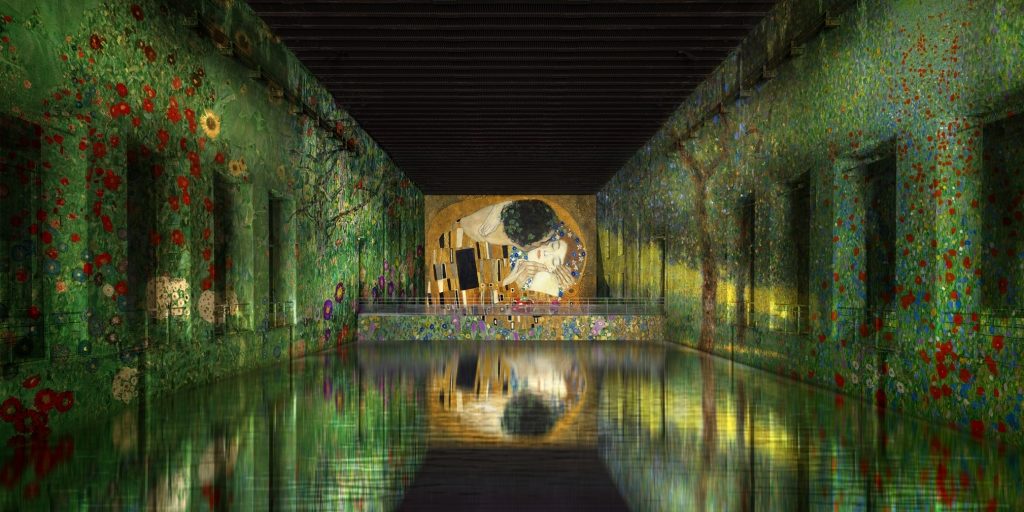
Ocean Data is the title of the exhibition that will be hosted in the Cube: visitors can discover a new creation by the Turkish collective Ouchhh specialized in graphic design, motion design and digital projections. For its creations, Ouchhh uses artificial intelligence to question the act of artistic creation. Ocean Data is the result of millions of bits of data acquired in the sea to form a unique digital work in which form, light and movement are generated by an algorithm. The visitor will dive into the heart of the ocean and travel through different materials and colours. This is a work that brings together art, science and technology for a contemplative experience. The Cube will also feature creations by contemporary young studios in Bordeaux specialized in digital art.
The figures for the museum:
- 4 pools 110 metres long, 22 metres wide and 12 metres deep
- 13 thousand square metres total surface area
- 12 thousand square meters of projection surface
- 3000 square metres of pedestrian circulation
- 90 video projectors and 80 loudspeakers
© ALL RIGHTS RESERVED
translation by Olga Barmine


